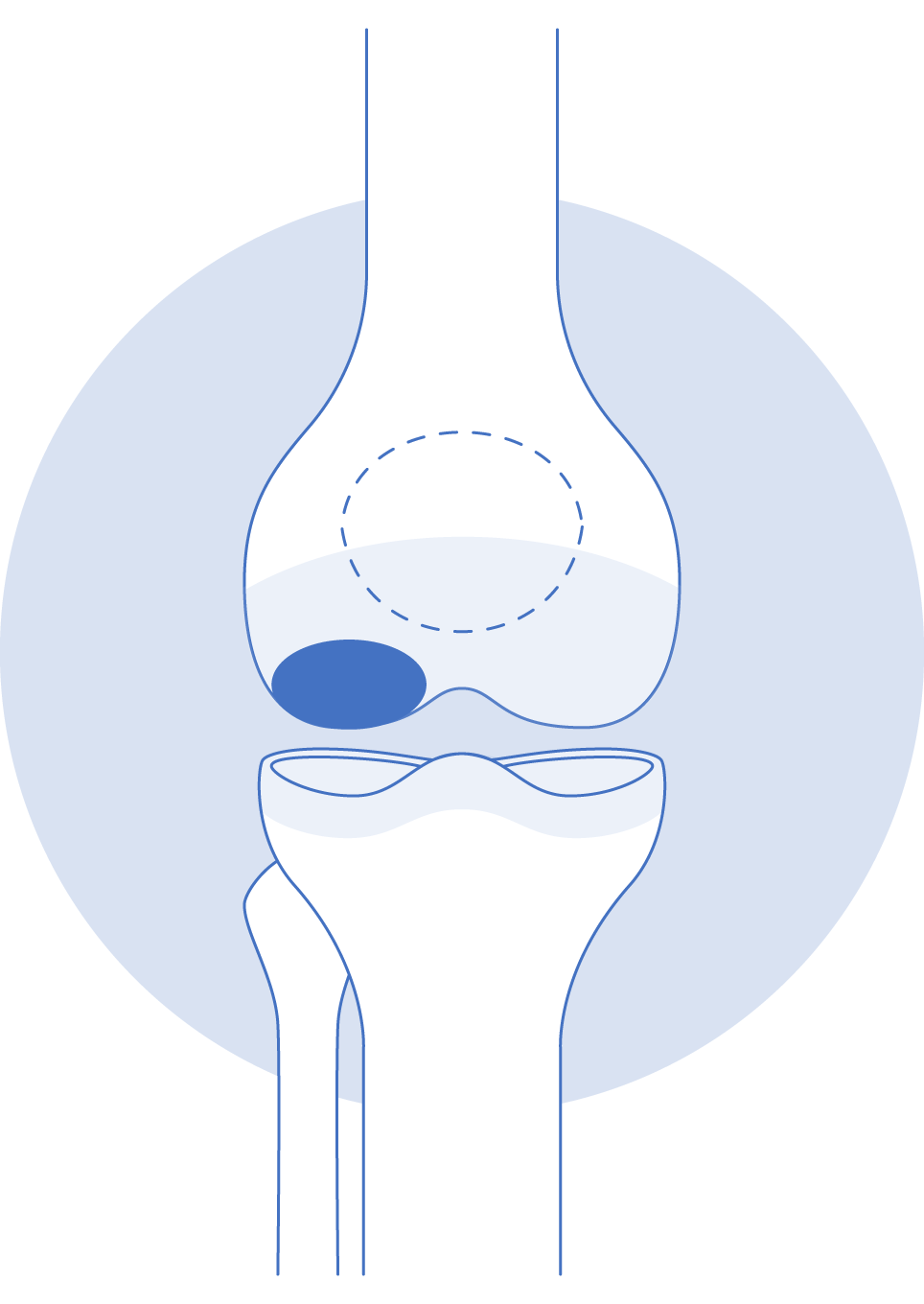
KNEE CARTILAGE REGENERATION
This is the smooth coating that forms the joint with the meniscus wedged between the two sides and providing protection.
Cartilage can be damaged in localised areas creating isolated cartilage defects, for instance, after trauma. Here there is the possibility for Cartilage treatment. The procedures I offer include:
- Arthroscopic chondroplasty keyhole access to the joint where the painful loose cartilage edges are sealed off with radio-frequency wand ablation
- Arthroscopic nanofracture key-hole access to the joint and tiny holes drilled into the base of small cartilage defects. This stimulates the underlying bone to produce healing cells
- Application of a cartilage regeneration matrix is an option for larger cartilage defects or those resistant to chondroplasty alone. A membrane is glued over the defect to encourage it to fill and seal off
- Cartilage transplant or autologous cartilage transplantation is an area that is still undergoing research. It uses your own body’s cells to help regenerate the cartilage defect and could be used if the above treatments don’t work
Diffuse cartilage damage or early osteoarthritis is often non amenable to cartilage treatments and management comes in the form of an initial non-operative, and finally an assessment for realignment osteotomy or partial knee replacement. Several solutions can be applied here, all of which will be discussed with you.
